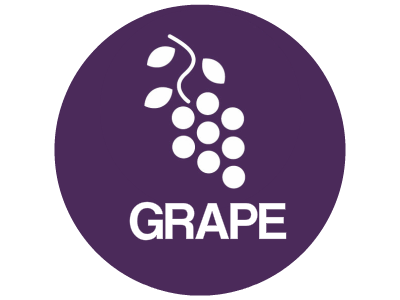But like the millions of service men and women who were also coming home in the mid-1940s from World War Two and like the hundreds of thousands arriving back in the U.S. from Iraq and Afghanistan today, Dirk had no idea where he would find a job.
He and thousands of other veterans formed long lines outside a small counseling center in downtown Grand Rapids every day hoping to find work. (It was not much easier to make a living before the war. Grand Rapids was coming out of the Great Depression when Dirk was drafted in 1940, just as the city was coming out of the Great Recession as the Medical Mile was beginning to blossom).
So, the effort to grow Medical Mile was not the first time that the Grand Rapids business and civic communities decided the city’s economic base needed to be diversified nor was it the first time that the phrase “venture capital” was spoken in Grand Rapids.
A new money model was created coming out of the Great Depression, as city leaders found they could no longer rely on the decimated furniture industry. Fewer than half of the Grand Rapids companies that were producing furniture before the Depression years survived to the mid-1930s.
The Grand Rapids Chamber of Commerce created Grand Rapids Industrial Corp. (GRIC) in 1935. It was a venture capital stock corporation. Armed with a bankroll of $125,000, GRIC issued more than 100 loans in 15 years to entrepreneurs who like their descendants on the Medical Mile needed financial backing.
Not all of the ideas flourished. However there was only one loan default by 1980 when GRIC was dissolved. It was a model that worked. The companies created with the help of its VC fund generated tens of thousands of jobs.
There is a history of Grand Rapids money backing Grand Rapids development. That legacy continued into the latter years of the 20th century when it was decided that the city’s downtown was in need of a reinvention.
Grand Valley State University President Emeritus Arend D. (Don) Lubbers told me he saw there was a problem when he and his wife moved to Grand Rapids in the late 1960s.
The city’s business and civic leaders mobilized to commission Alexander Calder to create the “La Grande Vitesse” sculpture that would become a downtown landmark and the symbol of Grand Rapids.
“Diverse people came together to make things happen in Grand Rapids,” Lubbers said. “So there was a ‘make happen’ system going.”
Part of that system was a public-private sector partnership that brought the “Calder,” as it is known, to Grand Rapids. There was private money raised, but National Endowment for the Arts funding capped off the drive. The sculpture was the first public work of art to be paid for with federal money.
Lubbers said that is when he began to see this group that had access to wealth beginning to take a leadership role in Grand Rapids.
Former Old Kent Bank President Dick Gillette, who Lubbers credits with leading the drive to get the Calder sculpture downtown, “brought Rich DeVos and Jay Van Andel in when they were starting to make big money, so the structure of getting people together and having citizen leadership participation to develop the community was there and that has continued to this day.”
That would become the model for how things would get done in Grand Rapids.
————————-
This is an excerpt from Last Chance Mile: The Reinvention of an American Community by Rod Kackley, available wherever books are sold online, including Amazon, Barnes & Noble, and iTunes, as well as on the shelves of Barnes & Noble-Woodland Mall, Schuler Books & Music- 28th Street, and West Coast Coffee on Monroe Center in Grand Rapids.
Rod Kackley is a journalist and author who has written for Crain’s Detroit Business, MiBiz and The Detroit News, as well as working as the news director of WOOD-AM/FM-Grand Rapids. For more of his work, please go to www.rodkackley.com or download his free app available through iTunes and Google Play.
